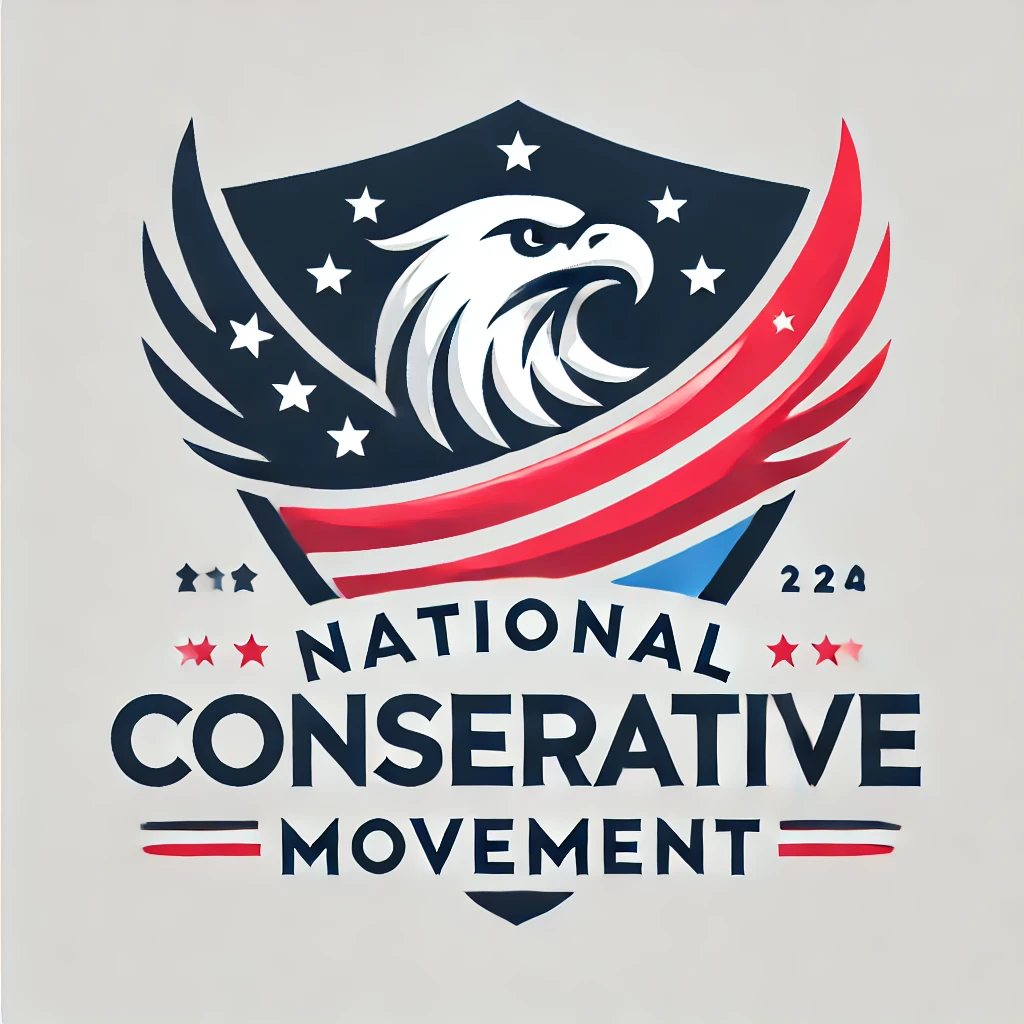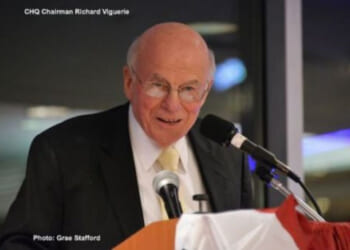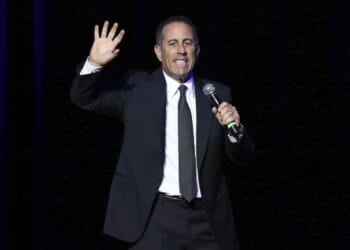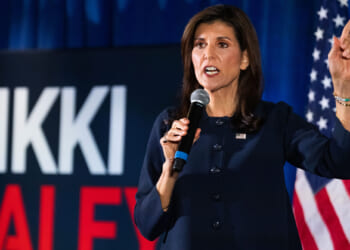
Don’t miss the full story from our staff writers, whose reportage is the basis of this article.
President Trump announced a significant expansion of his tariff policy on Tuesday, introducing a 50% tariff on copper imports and signaling upcoming high levies on pharmaceutical imports. The copper tariff joins existing sector-specific tariffs, including 25% on cars and car parts and 50% on steel and aluminum imports.
The copper announcement caused dramatic price surges to record highs, with Commerce Secretary Howard Lutnick emphasizing the administration’s goal to restore American copper production capabilities. Copper plays a crucial role in electrical wiring and construction, making this tariff particularly significant for industrial sectors.
Mr. Trump also previewed major pharmaceutical tariffs, suggesting drugmakers would face rates as high as 200% unless they relocate operations to the United States within approximately one year. This represents a substantial escalation in trade policy targeting the pharmaceutical industry.
The president’s broader tariff strategy is crystallizing after months of shifting numbers and deadlines. He dispatched tariff assignment letters to 14 countries, including allies Japan and South Korea, as well as major garment producers Bangladesh and Cambodia. All products from these nations will face tariffs starting August 1, 2025, with no extensions granted.
The assigned tariff rates range from 25% for Japan and South Korea to 40% for certain Southeast Asian nations, with Bangladesh facing 35% and Cambodia receiving a reduced rate of 36%, down from the previously announced 49%.
These tariffs follow the president’s April decision to pause “Liberation Day” tariffs for 90 days to allow trade negotiations. During this period, he secured trade deals with Britain and Vietnam while setting the stage for further China discussions. However, other countries now face the August deadline to negotiate agreements or accept the full tariff rates.
The administration collected approximately $100 billion in tariff payments this year, with Treasury Secretary Scott Bessent projecting potential increases to $300 billion by year-end. Mr. Trump emphasized that these tariffs generate substantial revenue while incentivizing companies to maintain or return operations to America.
Financial markets reacted negatively initially, with the Dow Jones dropping 165 points, though stocks stabilized as investors considered potential upcoming deals.
President Trump pushed back against suggestions he was moving the goalposts on tariff implementation, noting that other nations thought the levies would snap back on July 9. “It wasn’t a change, it was Aug. 1,” Mr. Trump said, adding “A clarification, maybe.”
Several targeted countries are actively seeking negotiations during the remaining three weeks before implementation. Bangladesh officials expressed interest in finding “win-win propositions,” while Cambodia welcomed the tariff reduction and indicated plans for further negotiations to achieve additional reductions.
Read more: Trump orders up 50% tariff on copper, says levies on Big Pharma are coming
This article is written with the assistance of generative artificial intelligence based solely on Washington Times original reporting and wire services. For more information, please read our AI policy or contact Ann Wog, Managing Editor for Digital, at awog@washingtontimes.com
The Washington Times AI Ethics Newsroom Committee can be reached at aispotlight@washingtontimes.com.












